Building on the momentum of Twin it! 3D for Europe’s Culture (June 2023 – June 2024), the Europeana Initiative and the European Commission launched Twin it! Part II campaign to run during the Polish, Danish and Cypriot Rotating Presidencies of the Council of the EU.
The Twin it! campaign mobilised each of the 27 EU Ministries in charge of culture to submit one 3D digitised heritage asset to the common European data space for cultural heritage, deployed by the Europeana Initiative, resulting in a collection of 37 high-quality 3D models representing buildings, sites and objects from all over Europe.
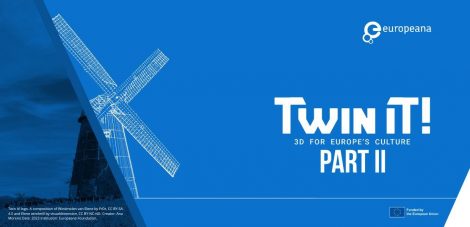
The Part II is a next chapter that aims to further support EU Member States in their 3D digitisation and preservation efforts — now with a sharper focus on how the digitised assets will be used, to further unlock the power of 3D digitisation by driving meaningful reuse across sectors to expand the reach and impact of cultural data, and boost innovation and competitiveness across the cultural heritage ecosystem.
In Twin it! Part II, Ministries of Culture of the European Union Member States are invited to collaborate with their national cultural institutions to submit at least one high-quality 3D-digitised heritage asset to the data space indicating clearly the proposed reuse intent, along with additional data, paradata and metadata.
A variety of initiatives are currently being deployed by Europeana and its partner organizations, to support the CH sector in joining the effort, such as awareness campaigns, guidelines, online training, informative cafes, capacity building events and other satellite actions.
Twin it! Part II will culminate in a high-level final event in Cyprus, where Ministers will showcase their submitted 3D assets and share their vision for reuse. It will also engage creators, developers, and cultural heritage enthusiasts to explore innovative ways to reuse the collected 3D models.


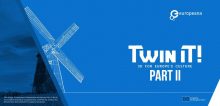
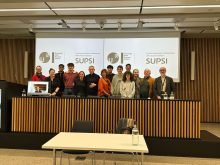
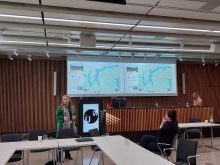

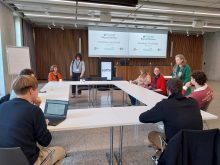
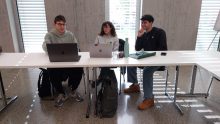
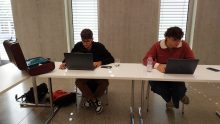
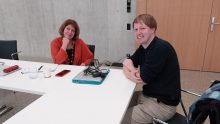
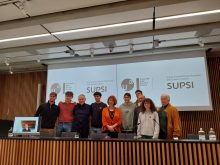
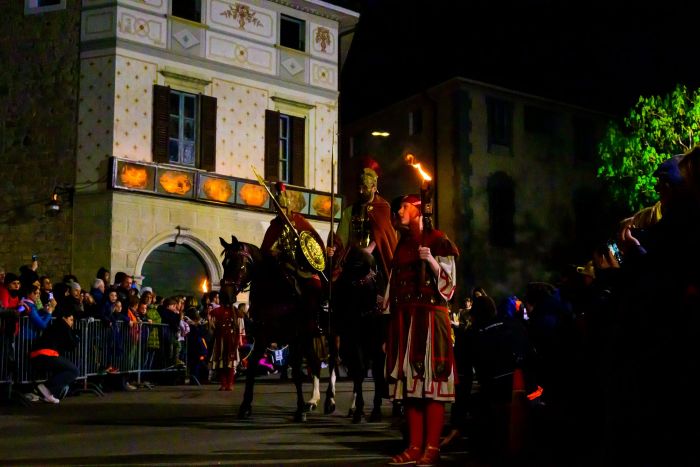
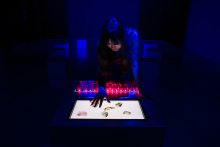



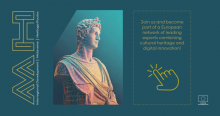
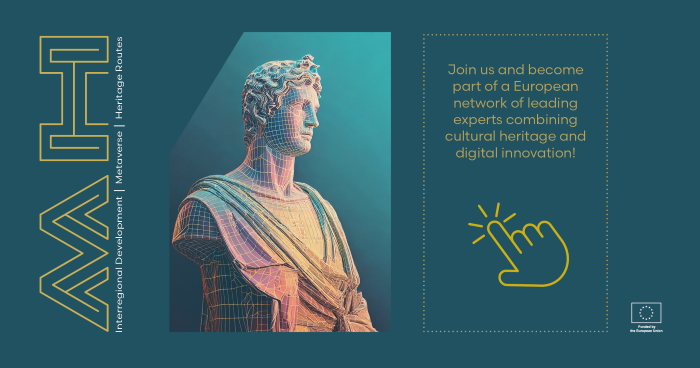
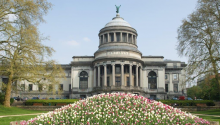
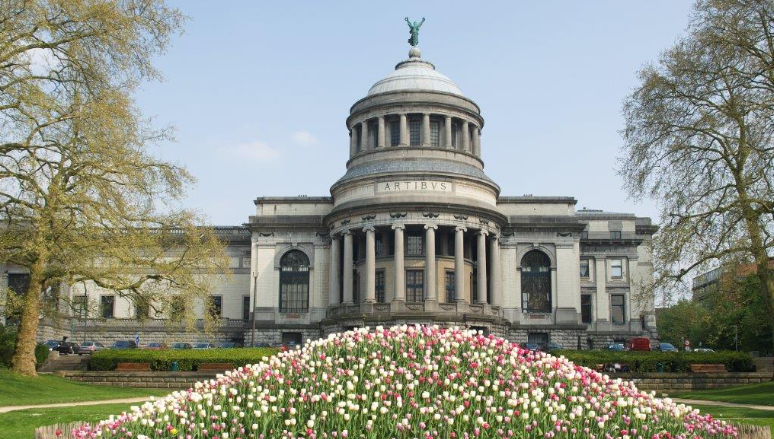


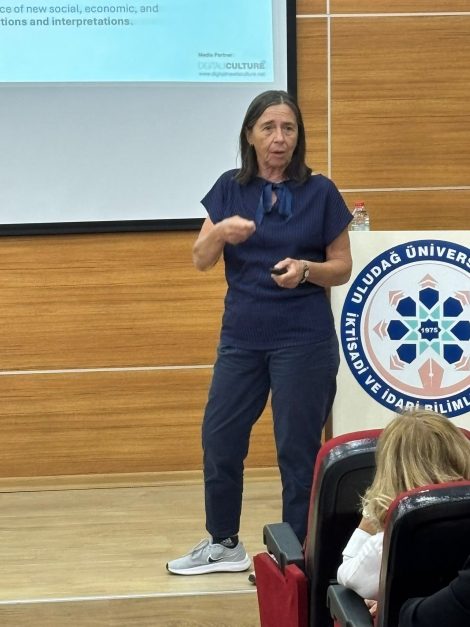

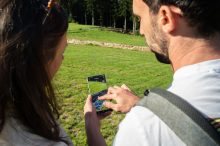









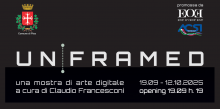
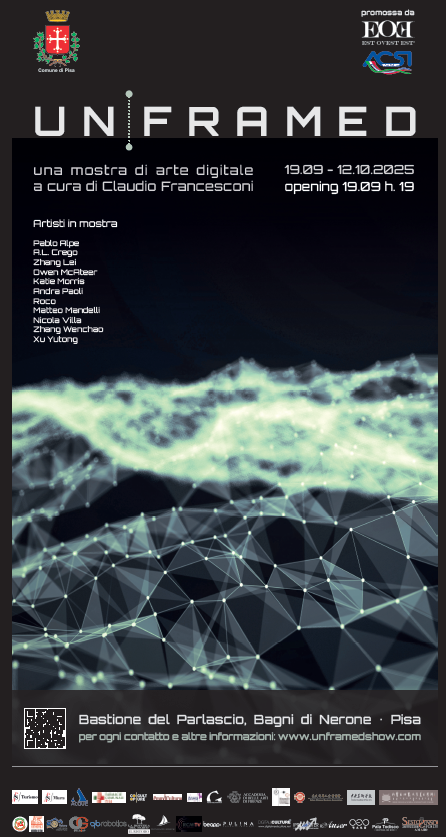


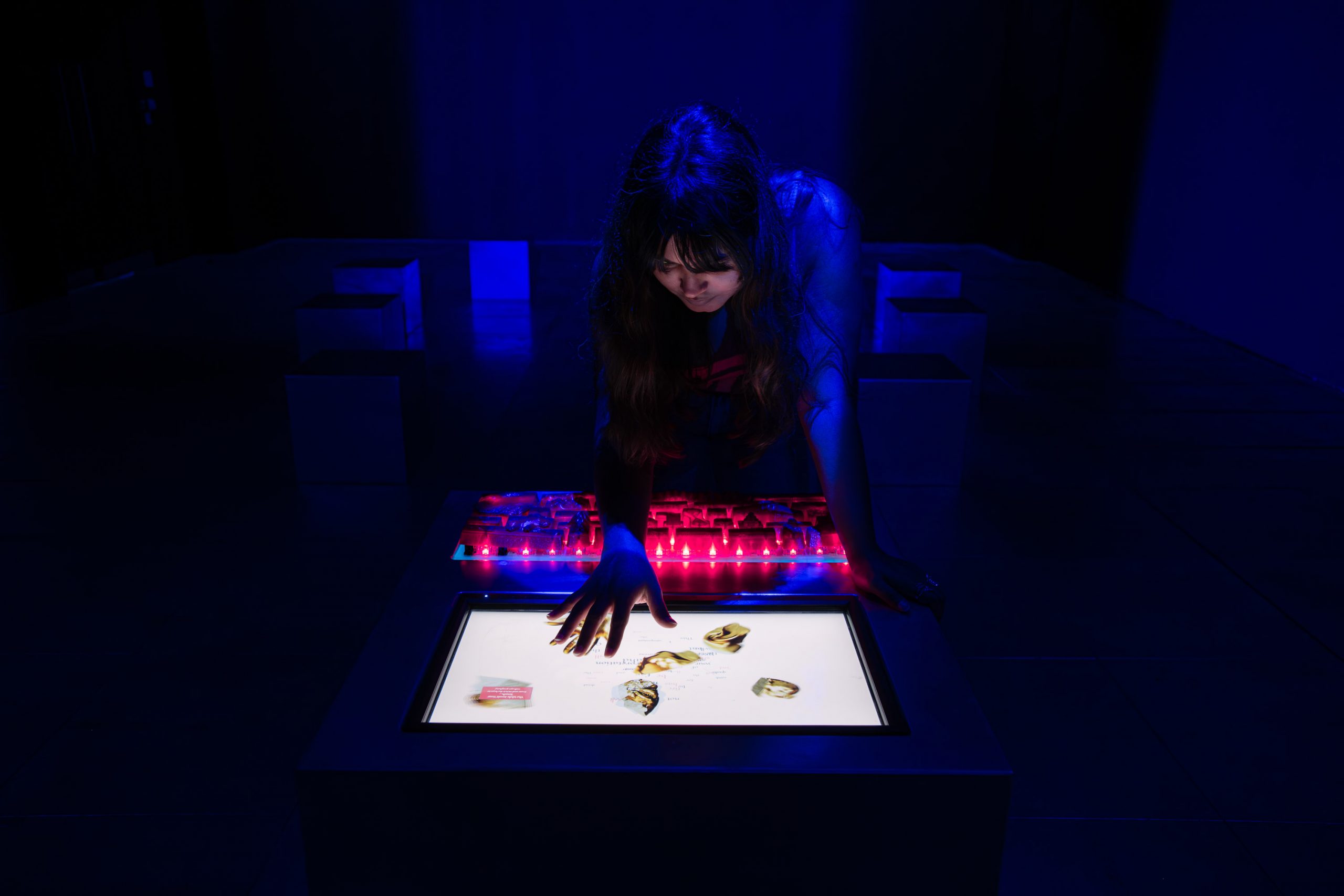


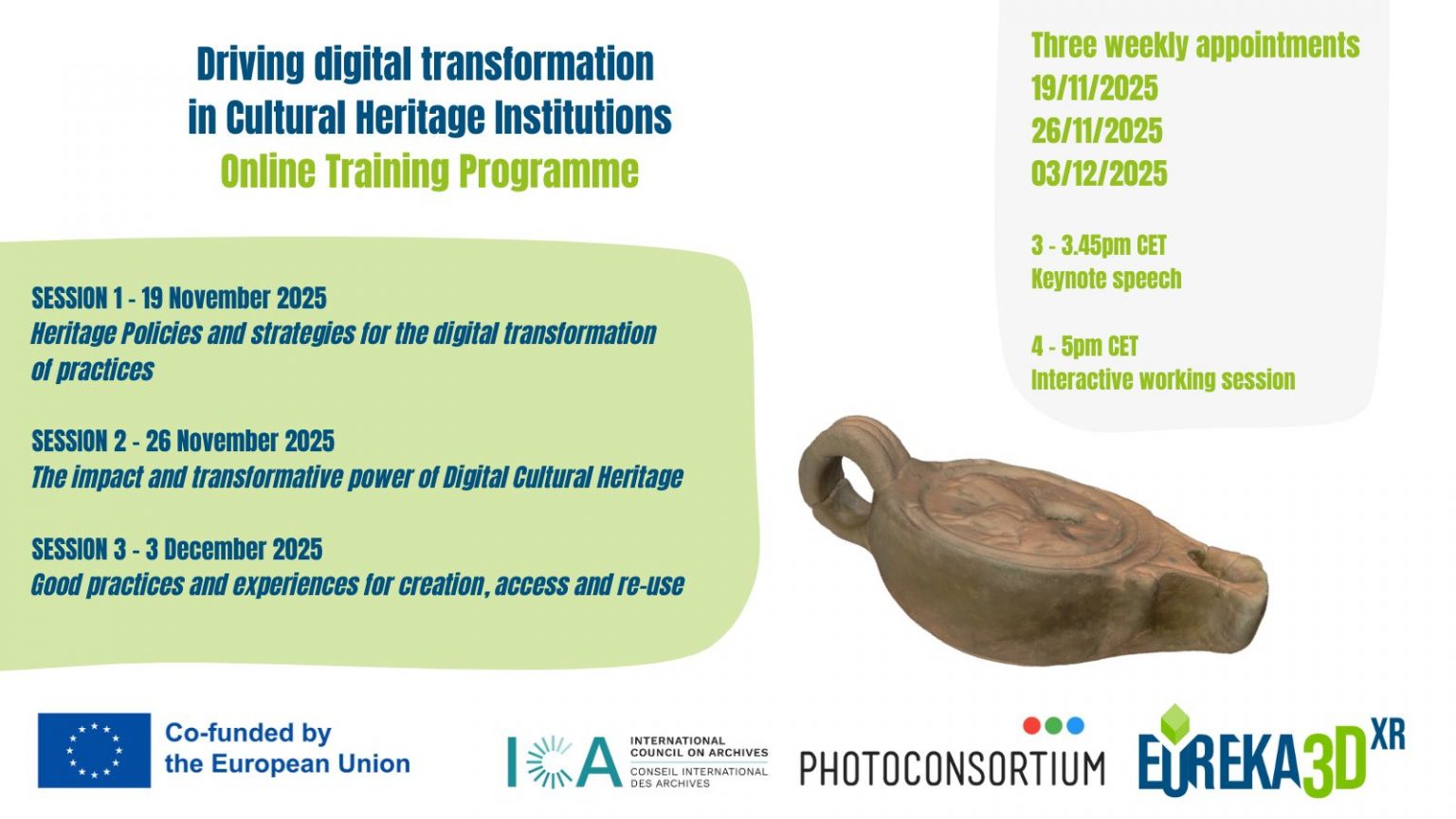
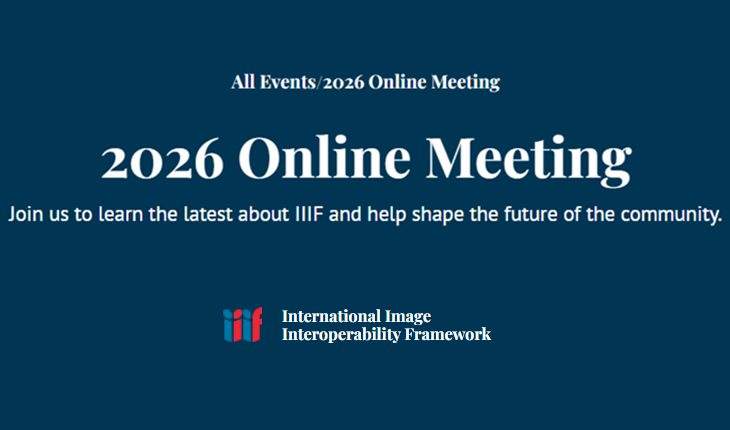

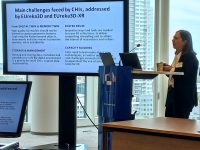



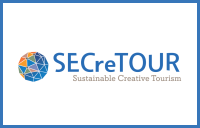
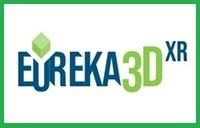


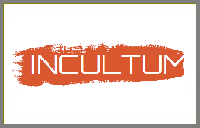
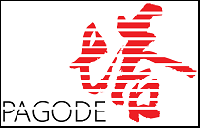
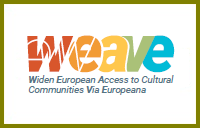

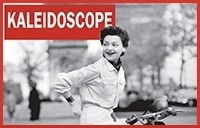
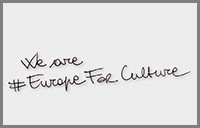
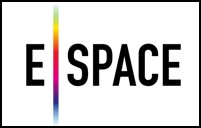
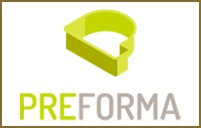
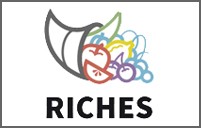
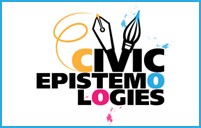



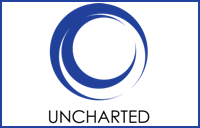
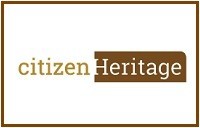
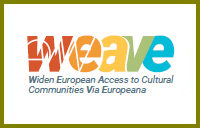

EUreka3D-XR partners Bibracte and NTUA School of Electrical and Computer Engineering are jointly progressing towards the creation of two XR tools applied to the French archaeological site. The pilot is named “The AR narrative of the hidden side of Bibracte archaeological site” and is about visiting the archaeological site of the Celtic city of Bibracte (France) and being able to understand the process of excavations, the reconstructed aspect of buildings and the artefacts that were retrieved by archaeologists in different zones of the site, by following a map available on a mobile app.
The main challenge of mediating with visitors to the Bibracte archaeological site is to enable them to see and understand the almost invisible remains and realities on the site. The EUreka3D-XR pilot and the tools developedby NTUA offer a more comprehensive and immersive response to this challenge, directly on the archaeological site.
Thanks to AR, visitors will be able to view 3D models of terrain and objects linked to their discovery context and enriched with complementary media. This visit will allow them to discover ‘the hidden side of Bibracte’ by having access to missing elements, not visible in situ or not directly accessible to the senses and intellect.
Field tests have focused on the AR Tour Experience application and the immersive rendering of the 3D models associated to the test point of interest in the Bibracte site, and while the the first results are encouraging, some adjustments still need to be done to improve the user experience, suggesting further development and problem-solving on the mobile application and its back-end platform, according to an agile and iterative methodology that is based on the feedback collected during the meeting onsite.
More evaluation of the prototypes is planned in the coming months, engaging various stakeholders internal and external to the project consortium. Basing on user feedback, the full joint team of NTUA and Bibracte is willing to offer an innovative tool serving heritage mediation, to advance the application of XR tools and offer a good user experience, aiming that both the tools and the scenario are useful for cultural heritage institutions.
Read more about the Pilot on project website: www.eureka3d-xr.eu
Blog Bibracte (French language): https://www.bibracte.fr/actualite/projet-eureka3d-xr-test-de-lapplication-ar-tour-experience